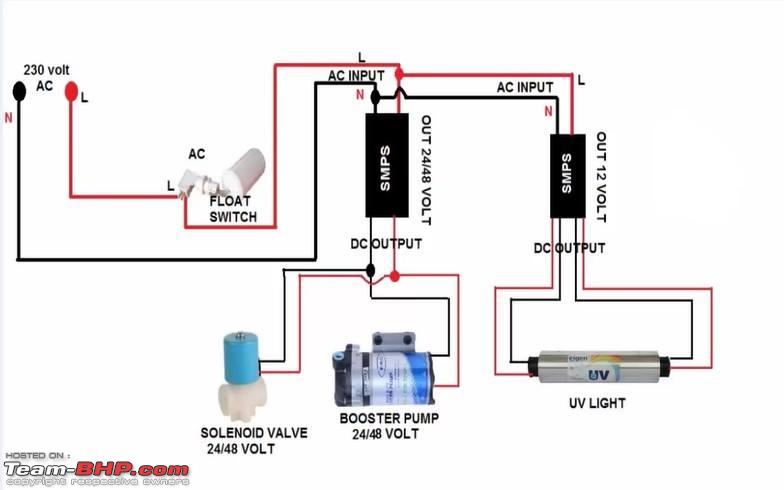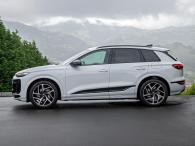News
DIY: Water purification system for use in cars
I thought of carrying/buying mineral water bottles but those create plastic waste and are cost-prohibitive in the long term especially with my car-camping situation.
BHPian Chhanda Das recently shared this with other enthusiasts.
The pandemic got me thinking. How can we ensure that we drink safe water on trips? I thought of carrying/buying mineral water bottles but those create plastic waste and are cost-prohibitive in the long term especially with my car-camping situation. Also, fake mineral water is not too hard to find. I thought of carrying the water from home but that increases the weight of the car, increases fuel consumption and causes more wear and tear on consumables like tyres, brake pads/shoes, etc. So I thought of making a drinking water purification system for my first-generation 1.6 Petrol Creta AT.
My resources are very limited. So I did not want to spend around INR 3500-4000 for a new system and instead converted my home water purification system into a portable one so that I can use it both at home as well as in the car as and when necessary. Additionally, a permanent setup would require changes to the RC and I am not willing to put myself through that grind especially at this ripe old age.
The raw water goes as follows:
1) Spun filter or sediment filter to eliminate large dirt particles
2)Pre-carbon filter or chemi-block filter to eliminate bacteria, chlorine, odours, etc
3) Post carbon filter to remove rust, scale, etc
4) RO (reverse-osmosis) to remove ions, unwanted molecules and larger particles.
5) UV (ultra-violet) filter to kill/deactivate viruses, bacteria, protozoa, etc.
6)UF (ultra-filtration) to remove suspended solids, bacteria, viruses, endotoxins and other pathogens.
7) Mineralizer to add essential minerals like magnesium, calcium, etc while maintaining the required pH level
For the electrical and water connections, please have a look at the images and video below. The changes to the stock filter are as follows:
1) Removed the float switch due to absence of proper reservoir
2) Installed locking clips on all connectors on all possible sides to prevent leakage in a moving car
3) Removed the transparent cover to reduce weight. I could have removed the base and the back as well but decided against it to prevent plastic parts from touching the pump as it gets hot during use.
4) Removed the water reservoir to prevent water splashing/dripping inside the car
5) For the reservoirs, I used 2 litre soft drink bottles for the raw water, drinkable water and waste water. I drilled their caps and installed 1/4 inch bulkhead connectors on them.
6) Stop valves were added at necessary spots to prevent the water dispenser from pulling impure water.
7) For the mounting, I placed it in a bag and hung that from the front passenger seat's back.
8) I powered this through the pure sinewave inverter in my car. Power consumption is around 72 watts after accounting for efficiency/conversion losses for the 60 watt rated system. I could have powered this with a 12v to 24v DC boost converter but decided against it as it would push up the costs substantially.
Total cost was INR 510 and this includes the extra connectors (elbow, T and bulkhead), stop valves, the locking clips and the usb rechargeable pump / water dispenser ...
Water flow diagram:

Electrical wiring and connections

Check out BHPian comments for more insights and information.


















